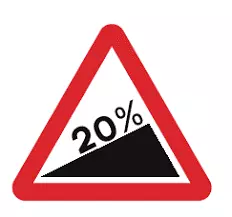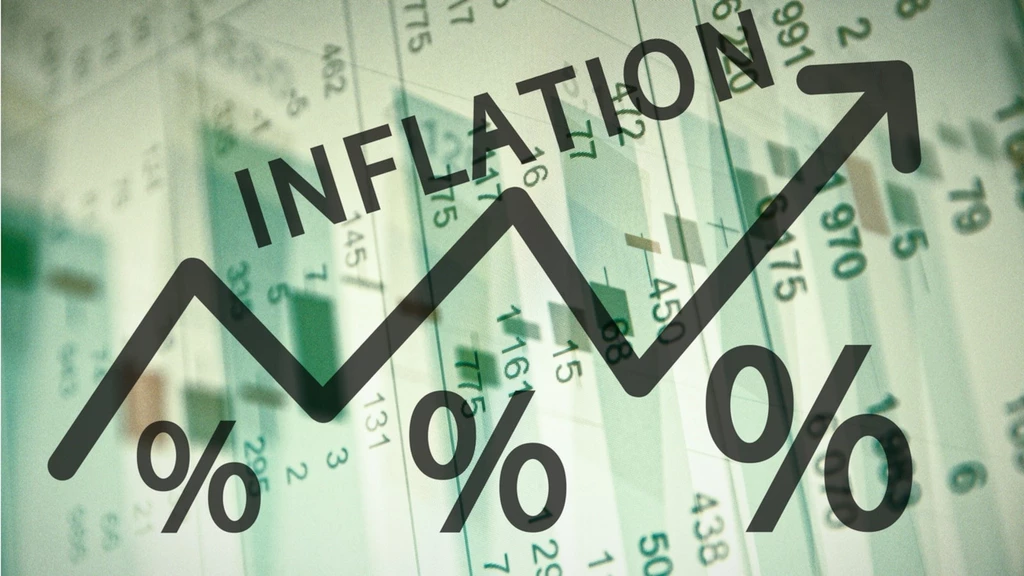A figure or ratio that may be specified as a fraction of 100 is stated as a percentage when used in mathematical contexts. To determine what Percentage of a number we need, we divide that number by the total and then multiply that result by 100. As a result, the meaning of the Percentage is “a portion per hundred.” The phrase “percent” literally means “for every 100.” It is denoted by the sign “%” in most instances.
Various Examples of Percentage
10% is the same as the fraction of 1/10.
Twenty percent is equal to a fraction of one-fifth.
25% is comparable to ¼ fraction
50% is similar to ½ fraction
75% is equivalent to a ¾ fraction
The fraction 9/10 represents a percentage of 90 percent.
Percentages have no dimension. Because of this, you can refer to it as a dimensionless number. When we talk about “half” of a number, we refer to fifty percent of the whole value.
It is also possible to express percentages using decimal or fractional notation, such as 0.6 percent, 0.25%, etc. Calculating a student’s overall grade in any given topic using the marks they received is done using a percentage system. For example, Ram’s overall performance on the test earned him 78% of the possible points. As a result, this Percentage is derived by applying all of Ram’s marks across all of his disciplines to the number of potential issues.
The Formula for Percentage
To calculate the Percentage, we first need to multiply the result by dividing the value by adding all the values in question by 100.
Percentage formula = (Value/Total value) × 100
Percentage Increase Value
When the newly calculated value is higher than the previously estimated value, the percentage change represents the percentage increase in the total number.
Percentage Increase (% Increase) = (Increase in value/Original value) ×100
Percentage Decrease Value
When the newly calculated value is lower than the previously estimated value. The % change in the value indicates the percentage reduction in the number’s starting weight, such that: [6]
Percentage Decrease (% Decrease) = (Decrease in value/Original value) ×100
An Interesting Fact About Percentage
No one, in particular, is credited with inventing the notion of %. The idea of % has been around from the beginning of history. Mathematical computations were written down as fractions of 100 in Ancient Rome. The concept of Percentage came into existence much later.
Real-Life Uses of Percentage
Weather Forecasting Probability

When you look at a weather prediction will typically span one hour and include a percentage estimate of the likelihood of precipitation. This is based on an equation referred to as the “Probability of Precipitation” (POP):
The probability of rainfall may be calculated as follows: P = C multiplied by A
Suppose you consider a city like Glasgow as an example. In that case, the likelihood that it will rain somewhere in Glasgow within the next hour is denoted by the letter C (which stands for confidence). The Percentage of the city’s area that will experience rainfall is represented by the letter A.
Colored Items Manufacturing

One firm decided to put this hypothesis to the test by applying it to a variety of popular brands of candy, and they discovered that the distribution of the various colors was not consistent. There are five different colors of Skittles, which implies that you would anticipate each color to occur twenty percent of the time.
However, red sweets, which are meant to be the most popular, were only discovered fifteen percent of the time. The business that conducted the investigation did not disclose how many packets it examined (which means that we cannot depend on the findings of this study), but if the investigators are correct, manufacturers are putting out candies with varying percentages of sugar content.
Road Gradients

Do you consider twenty percent to be a relatively low percentage? When it comes to driving, this is not the case; a gradient of 20% indicates that for every four steps forward you take, you will subsequently take one action vertically upwards, which results in an angle of 14 degrees when calculating out tan -1 left(frac 14 right). The Percentage of twenty percent relates to the fact that you will be walking vertically uphill for twenty percent of the duration.
Percentage of People Vaccinated

Statistics are ubiquitous in the context of the COVID-19 pandemic; one of the most important measures is the quantity of a population that has been vaccinated. The people of various nations range widely in size; for instance, the population of the United States is about four times larger than that of the United Kingdom.
Instead of comparing the overall number of persons who have had vaccinations, it is much more informative to look at the proportion of the population that has received vaccinations.
If a sufficient number of people in a community are immunized against a disease, this is known as herd immunity. Herd immunity may be achieved against certain illnesses. Herd immunity must be created by vaccinating 80 and 85 percent of the population to prevent the spread of conical diseases like polio, which affects children.
Unfortunately, herd immunity to Covid-19 does not seem possible at this time for several reasons, one of which is the appearance of new strains of the virus. Even if herd immunity is not developed, it is essential to remember that individual vaccination protects against the risk of death and severe illness.
Inflation

You will now be required to pay an additional fee, around fifty pence, and by the time you finish reading this post, the price will likely have increased once again. The phenomenon that has taken place is referred to as inflation; for example, the cost of a pint of milk has more than doubled since 1990 due to an increase in overall prices that has averaged 2% each year.
Each month, a group known as the Office for National Statistics looks at a representative “basket” of commodities. It calculates the Percentage by which the prices of those items have increased. The Consumer Price Index (often known as the CPI) is a statistic used to determine the level of inflation.
If the price of your sneakers was $50 in January and subsequently increased to $55 in February, your sneakers have increased by a fraction of the difference between the two months, which is $50 multiplied by 100 to get 10%. Inflation is crucial to the economy and everyday spending power.
Biology Osmosis
In biology, percentages may be found almost everywhere. One illustration of this would be calculating the percentage mass change during the “osmosis” process, in which water diffuses across a membrane. This is an important idea covered in GCSE biology and is used regularly by many working biologists.
Percentage of Ball Possession in Football

Football supporters have strong feelings on various topics, including whether or not the present manager should be fired and the stadium should be repainted. The proportion of time that a team has control of the ball is seen similarly by supporters; At the same time, some believe it is essential to victory, while others maintain that it is mostly irrelevant.
Players, managers, and analysts pay close attention to this %. It is just one of several football-related percentages that have evolved to seem essential to the “beautiful game.”
In the past, determining who had control of the ball required someone to start and stop a manual timer. These days, video-based data are utilized instead of manual timers to assess.
Climate Change
Percentages are crucial to understanding climate change. For instance, choices on how to cut emissions may be made by determining which industries or countries produce the most of them and looking at the correlation between them.
